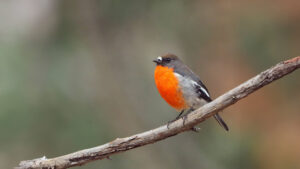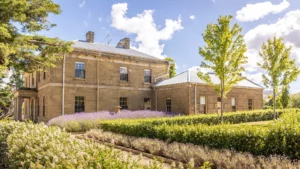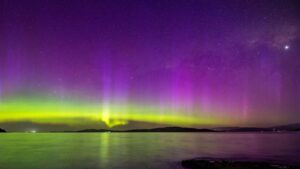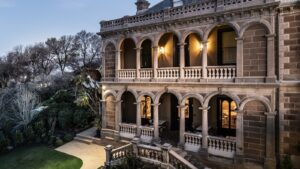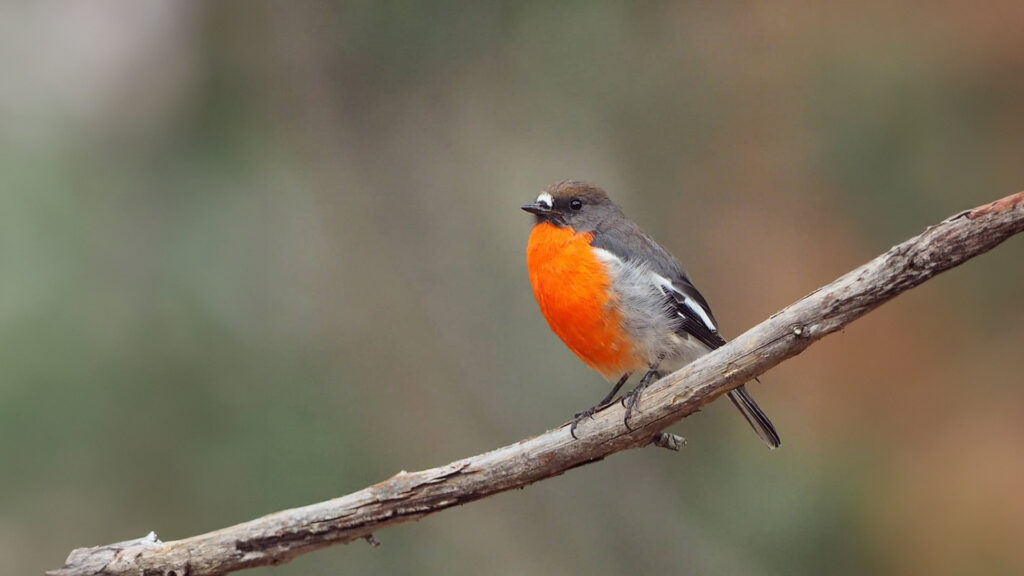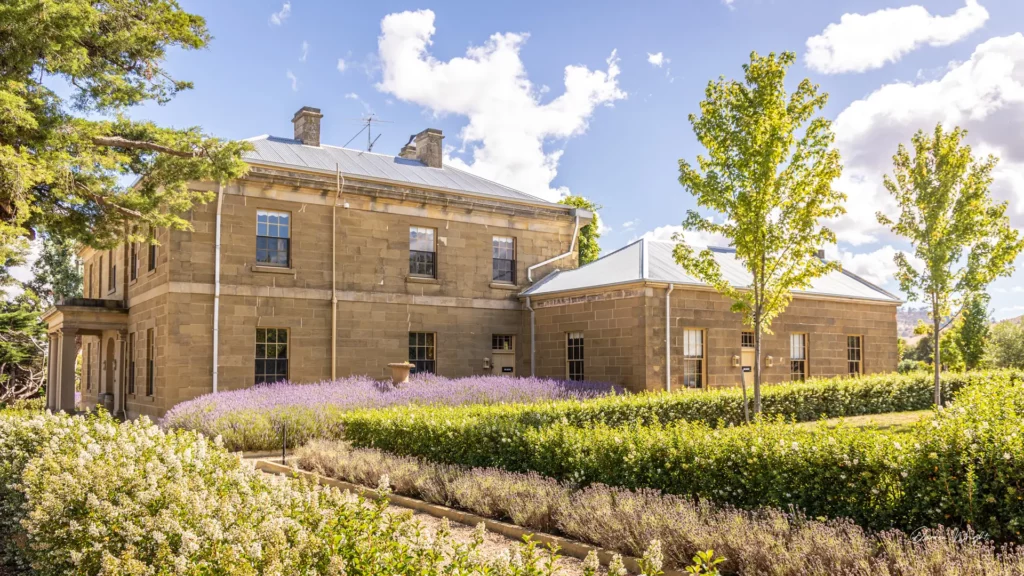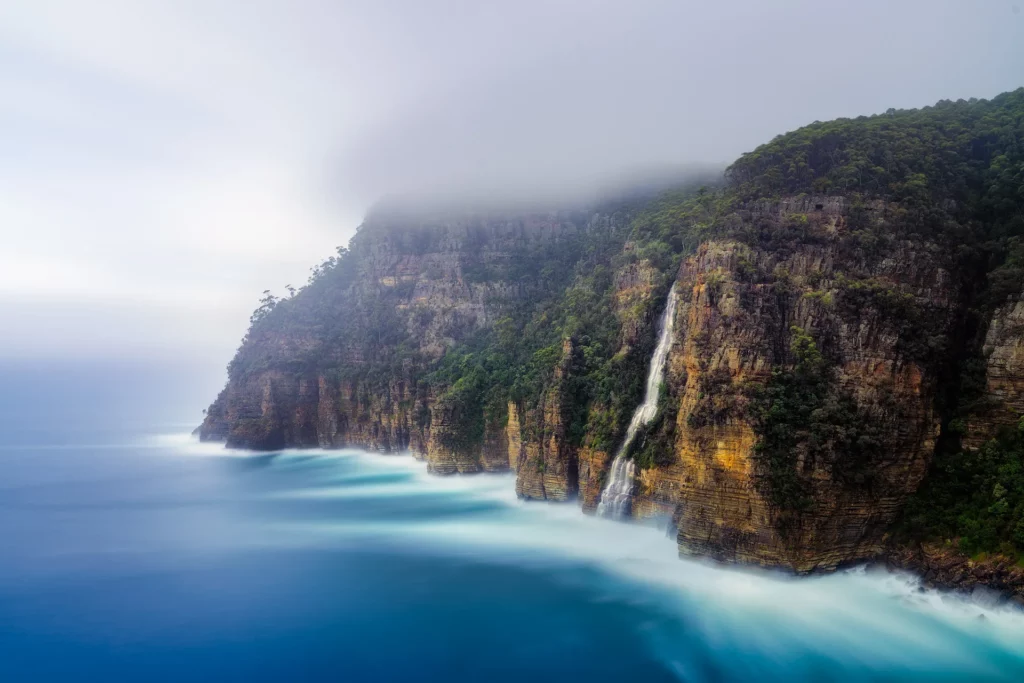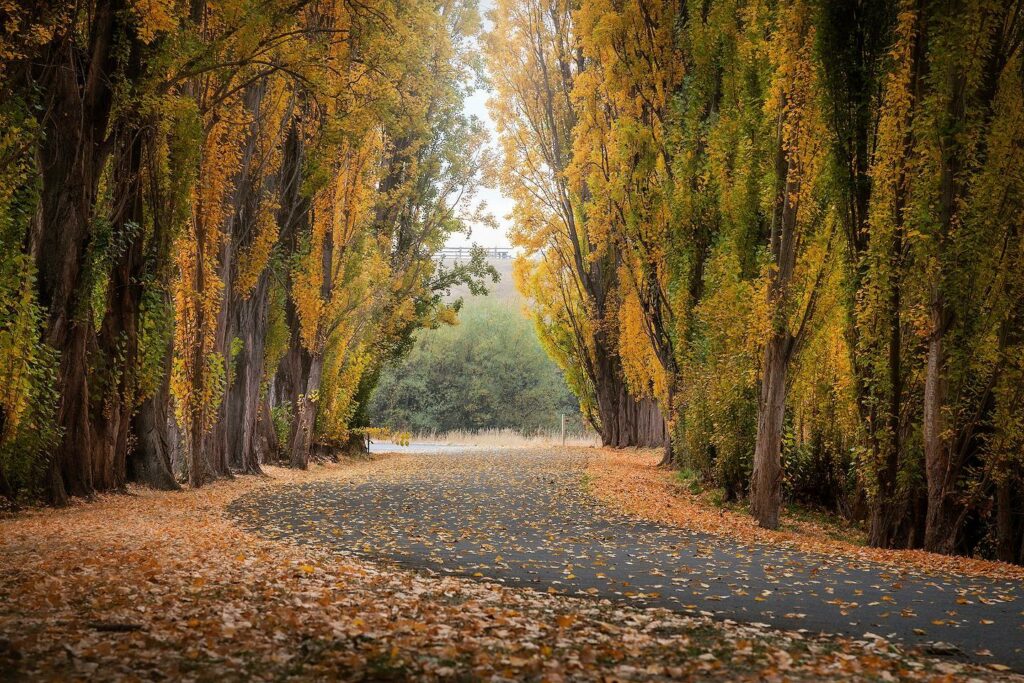There are some pretty unique locals that call Hobart and Beyond home. Oh, we didn’t mean you (although you too are special!); we’re talking about the furry, hairy, feathery, scaly, spiky kind of local.
We’ve listed a few of our favourite Tassie wild things, with some tips on where to meet them. Remember to drive slowly (especially from dusk to dawn), respect their space, and don’t feed them human food, no matter how good your Nan’s lasagne is.
1. The Tasmanian Devil
Our claim to fame. Listen out for their demon-like shrieks echoing through the bush in the dark, dark night (oooh, we have chills). Alternatively, visit Bonorong Wildlife Sanctuary in the Southern Midlands or the Tasmanian Devil Unzoo on the Tasman Peninsula to meet the resident devils and learn about what’s being done to save them from the scary facial tumour disease. They’re actually pretty darn cute (and entertaining to watch, despite the dinner time flesh tearing and bone crunching).
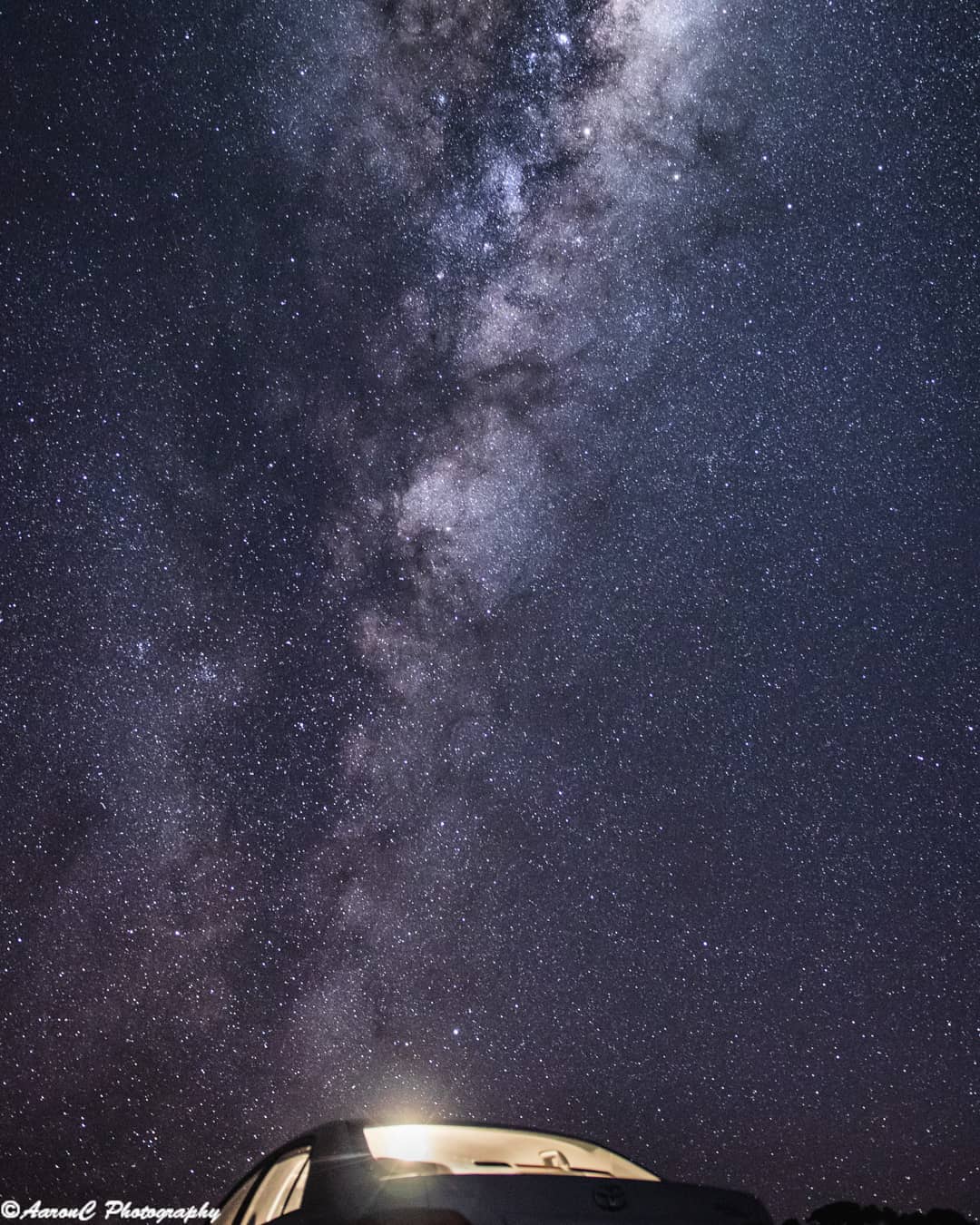
2. Bouncy things
You’d be forgiven for thinking Australian wildlife was sponsored by Berocca. We love our bouncy Forester kangaroos, wallabies, and pademelons. Keep an eye out anywhere with a bit of bushland, particularly in our lovely reserves, walking tracks, and National Parks.
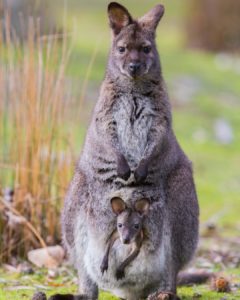
We must give a special mention to a special population of white wallabies who call Bruny Island home. These beautiful creatures thrive on the island due to its isolation. See if you can spot one around Adventure Bay.
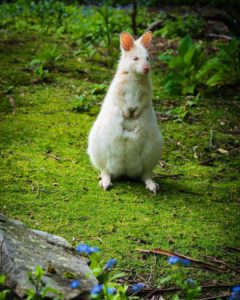
3. Smaller marsupials
The larger bouncy things hog the limelight a bit, allowing our smaller marsupials such as potoroos, bettongs, bandicoots (or bandi-cutes!), and quolls to slip under the radar. A visit to Bonorong offers the chance to learn more about these intriguing creatures and give them the attention they deserve!
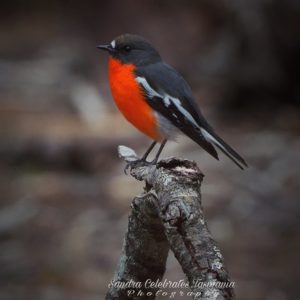
4. Ed the Echidna
We promise, these spiky fellows are prickly only in looks (although ants might disagree). These shy, solitary creatures are very sweet to watch waddling along, and are very good at digging. Echidnas like to shelter in hollow logs, stumps or burrows, or under bushes. Keep an eye out for them in dry, open country, open heathlands, forests, and wandering along roadsides (drive slowly). Oh, and they are all named Ed.

5. Shy Platypus
The mysterious platypus is very special to see in the wild, although they have very occasionally been spotted frolicking in the Hobart Rivulet. They are common in the lakes of the Central Highlands as well as rivers and streams throughout Southern Tasmania. Try your luck in the Mt Field National Park (Russell Falls is a must see) and in the river by The Possum Shed Cafe. In the Southern Trove, the Geeveston Platypus Walk often lives up to its name (ask the friendly folk in the Geeveston Visitor Centre if you need help finding it).

6. Playful Sealife
Playful seals, pods of dolphins, and migrating whales (in season) are regularly spotted along the east coast of Southern Tasmania. Local legend Sammy the Seal visits the Hobart waterfront occasionally, and a young humpback whale even came frolicking right up the Derwent River recently! Head out on a Pennicott Wilderness Journeys tour (such as Bruny Island Cruises or Tasman Island Cruises) to get up close and personal (and see some jaw-dropping scenery).
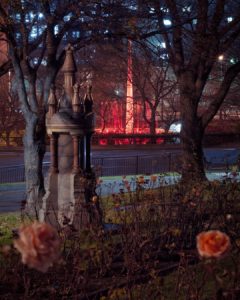
7. Majestic Birdlife
Tasmania is home to some incredible birdlife, with several rare and endangered bird species. Bruny Island is a twitcher’s paradise, with all twelve of Tasmania’s endemic species found on the island, plus nesting little penguins and short-tailed shearwaters (it’s also home to the biennial Bruny Island Bird Festival). All of our National Parks and reserves are great for birding, so choose your walking track, grab your binos, and head off on an adventure.
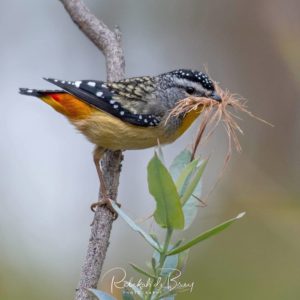
Special mention goes to our majestic birds of prey, such as the handsome wedge-tailed eagle. Oh, and that isn’t a real emu in the photo below, rather a Shadows of the Past Silhouette Trail sculpture, but it might blow your mind to discover that there were in fact Tasmanian emus! They were sadly hunted to the point of extinction in the 19th century. Imagine them running alongside the Heritage Highway today!
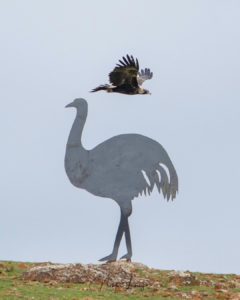
8. Wacky Wombats
Wombats look so cuddly but they actually go the way of all teenagers and become snarky and angsty when it’s time for them to embrace their adulthood. Visit Bonorong to learn all about them (like, they do square poos) and melt at the cuteness before they start yelling at their parents for no reason, piercing things, and dyeing their hair blue-black. See wombats in the wild in the Central Highlands, particularly in the Cradle Mountain–Lake St Clair National Park.

9. Underappreciated Reptiles
We don’t have tigers in Tassie (unless you believe the thylacine conspiracy theories), but we do have tiger snakes, as well as copperhead and white-lipped snakes. Obviously don’t approach these venomous snakes if you happen across one, but do appreciate how majestic they are from a safe distance. Wear good walking boots and be aware of where you are placing your feet. Just remember, they don’t want to waste their venom on an annoying human, and don’t generally attack unless they feel trapped or threatened.
We probably should have eased you into reptile appreciation with the happy-go-lucky blue-tongue lizard…
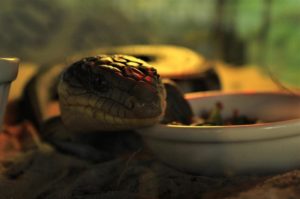
10. Noisy Possums
If your Nan ever affectionately called you ‘Poss’, possums will hold a special place in your heart, even when they loudly growl at you from the treetops. Brushtails are the most common, but we also have ringtails, sugar gliders, and two species of adorable pygmy possums. Look up in the trees!

Related posts:
Whale Watching in Southern Tasmania
Hobart to Cockle Creek: An Adventurous Itinerary
Edge of the Earth: 5 Dramatic Walks in the Tasman Region
Five Historic Sites to Visit in Hobart & Beyond
Wildlife Warriors: 5 Places to Dance with the Devil & Friends
Header image:
Wallaby at Tea Tree | @louisewrightphoto/Instagram
Words:
Isabel Galloway
[vc_facebook type=”standard”]

